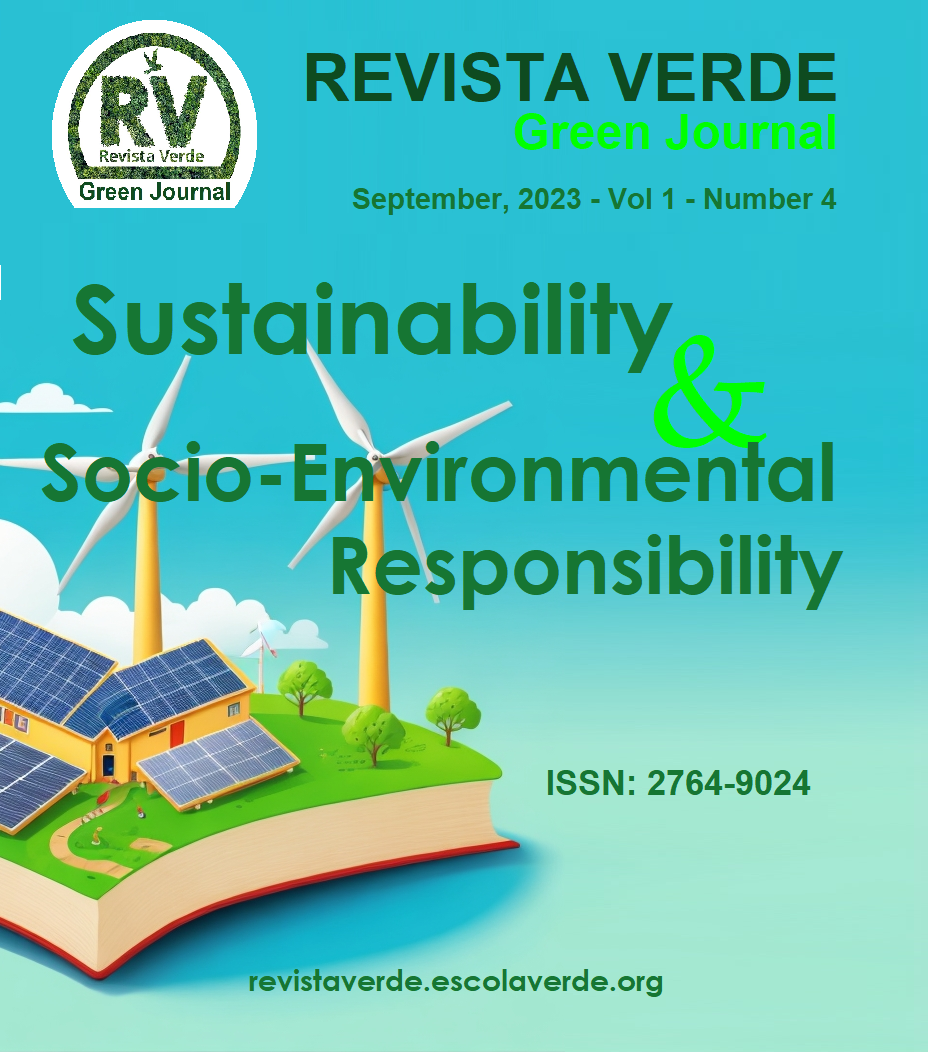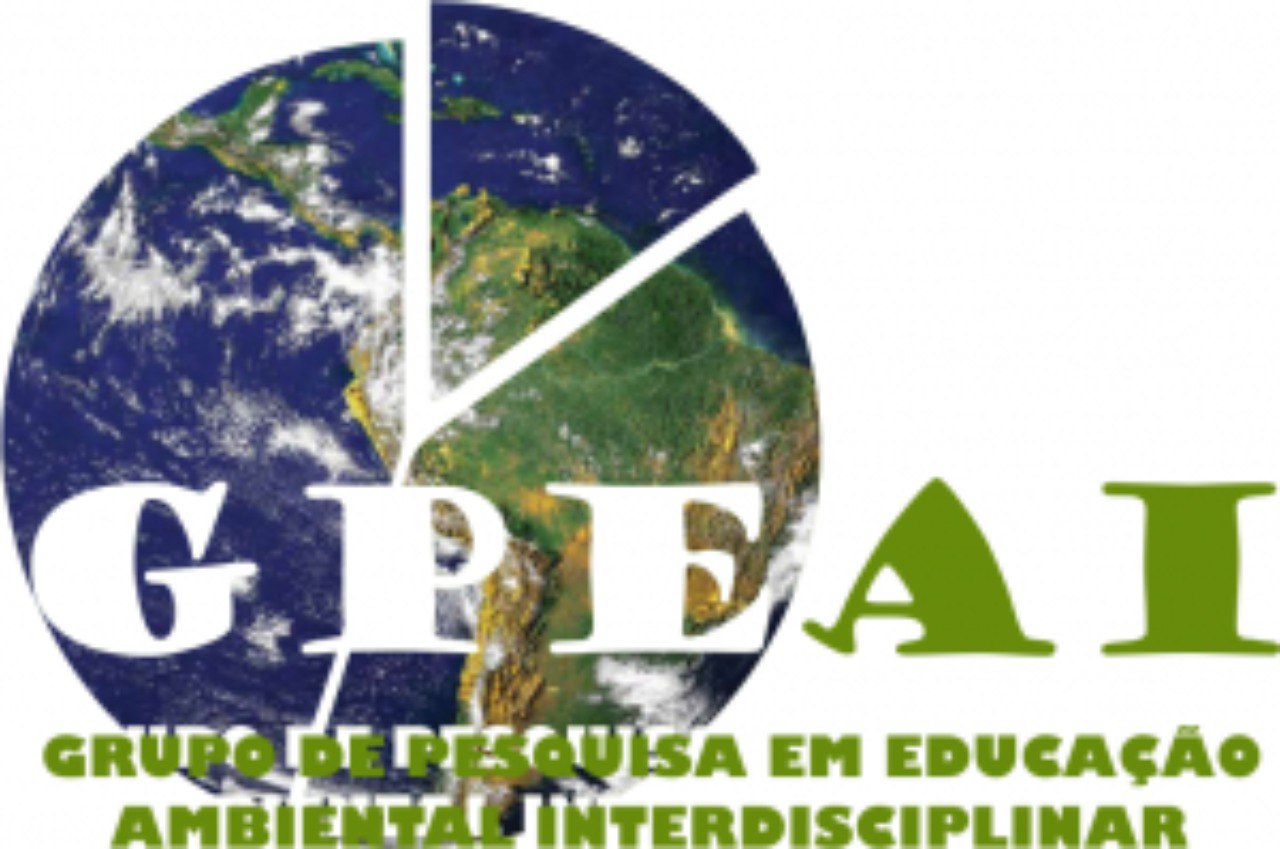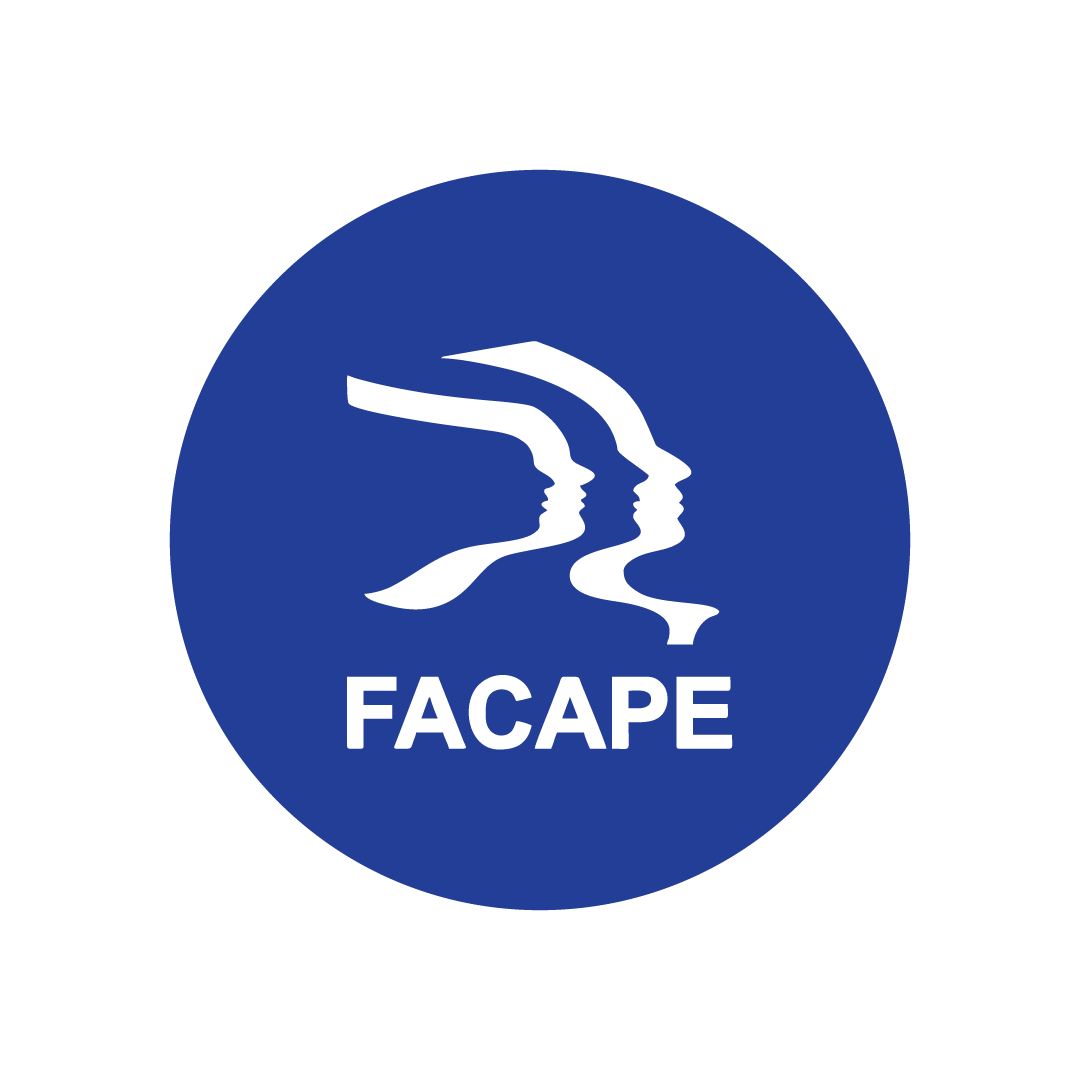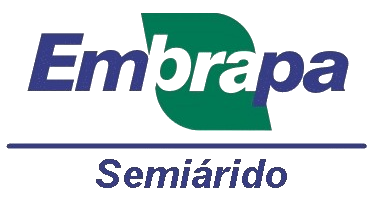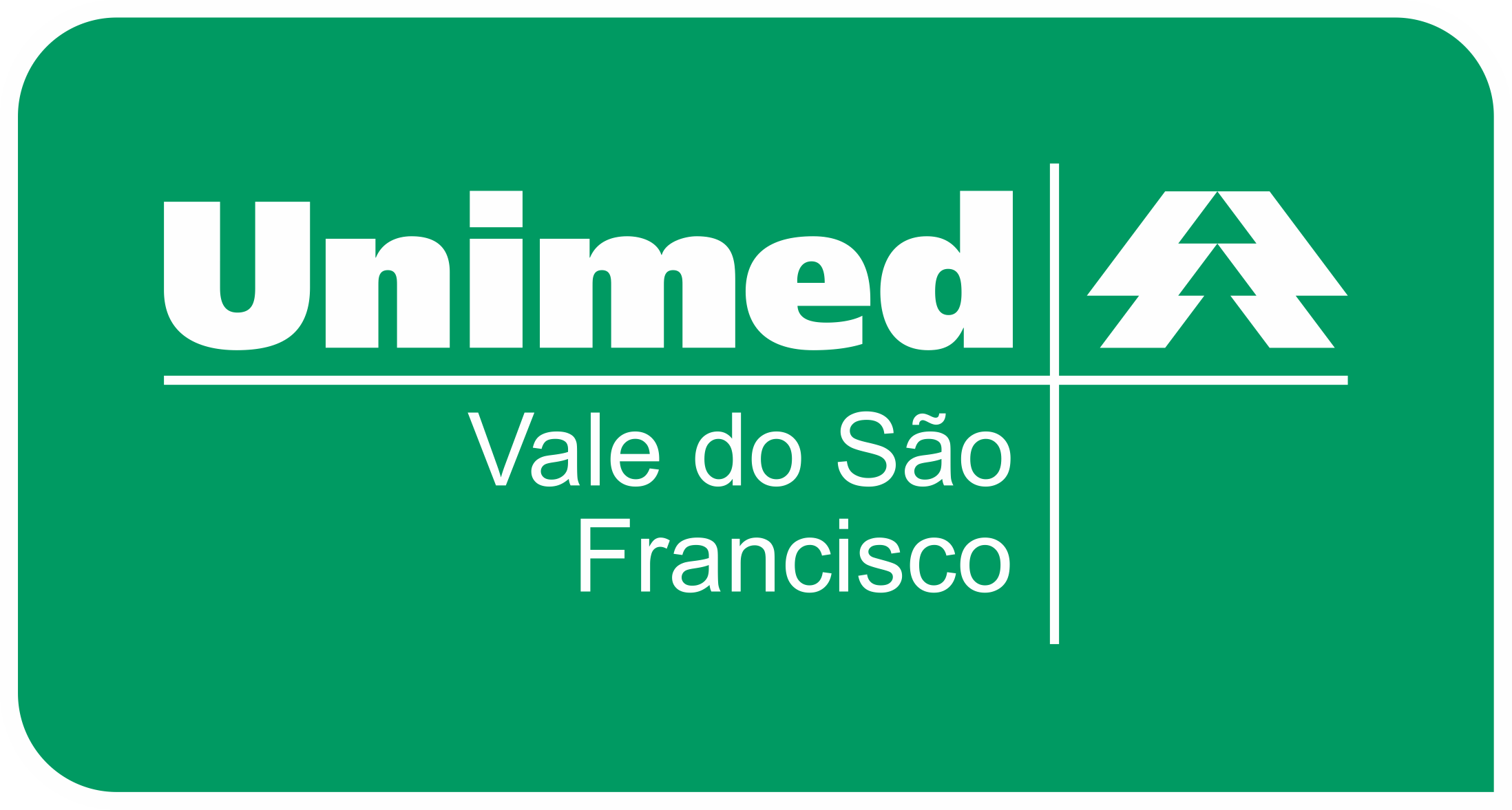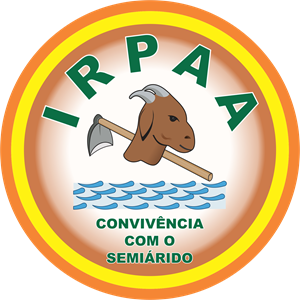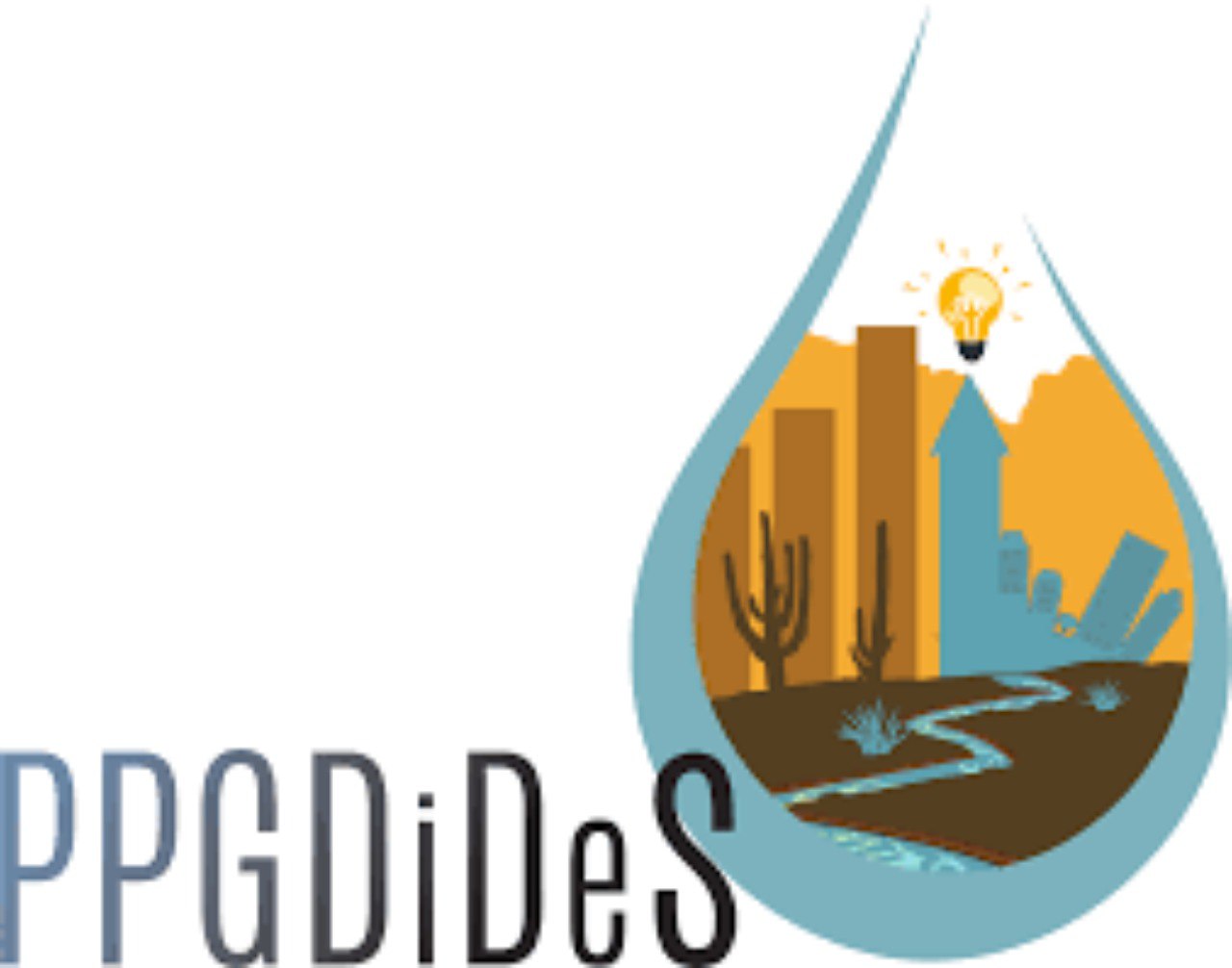IDENTIFICATION OF THE MICROBIAL CONSORTIUM BY PCR- DGGE, FROM SAMPLES FROM AN ANAEROBIC REACTOR FED WITH VINHACE
DOI:
https://doi.org/10.5281/zenodo.8373919Keywords:
Vinasse, biogas, microbial consortium, PCR/DGGEAbstract
Vinasse is a by-product of ethanol production, and contains several nutrients in its composition, such as: K, Mg, Ca, P. Vinasse can cause environmental damage, if disposed of inappropriately, such as groundwater pollution, soil desertification , between others. The use of vinasse to produce biogas is a way of reusing this waste. Biogas is a gas that comes from the anaerobic digestion of microorganisms, and contains methane that can be used as vehicle fuel and energy generation. The identification of the microbiota can be done through molecular techniques such as DNA extraction, PCR and DGGE, which is necessary for subsequent optimization of the process. This study aims to identify microbial consortia that act in the fermentation of vinasse, in an initial and final sample of the best biogas production, by PCR/DGGE. In this study, sugar cane vinasse was used as substrate and granular sludge as inoculum, at 4 concentrations of substrate/biomass (So/Xo): 0.5, 1.0, 1.5, 1.7, operated in a bench with 5 L of working medium, pH between 4-7, temperature at 35ºC. The best methane production was found at the So/Xo ratio 1.7 (872.02 mL CH4/h). The initial and final microbiota of fermentation was verified through the bands of the DGGE gel, with differences between the microorganisms identified in the samples, with 4 microorganisms in the initial sample and 11 in the final sample, belonging to the phyla Firmicutes and Proteobacteria for bacteria and 2 bands for archaea for each sample, from the genus Methanotrix. being associated with anaerobic digestion.
Downloads
Downloads
Published
Issue
Section
License
Copyright (c) 2023 Green Journal

This work is licensed under a Creative Commons Attribution-NonCommercial-NoDerivatives 4.0 International License.

